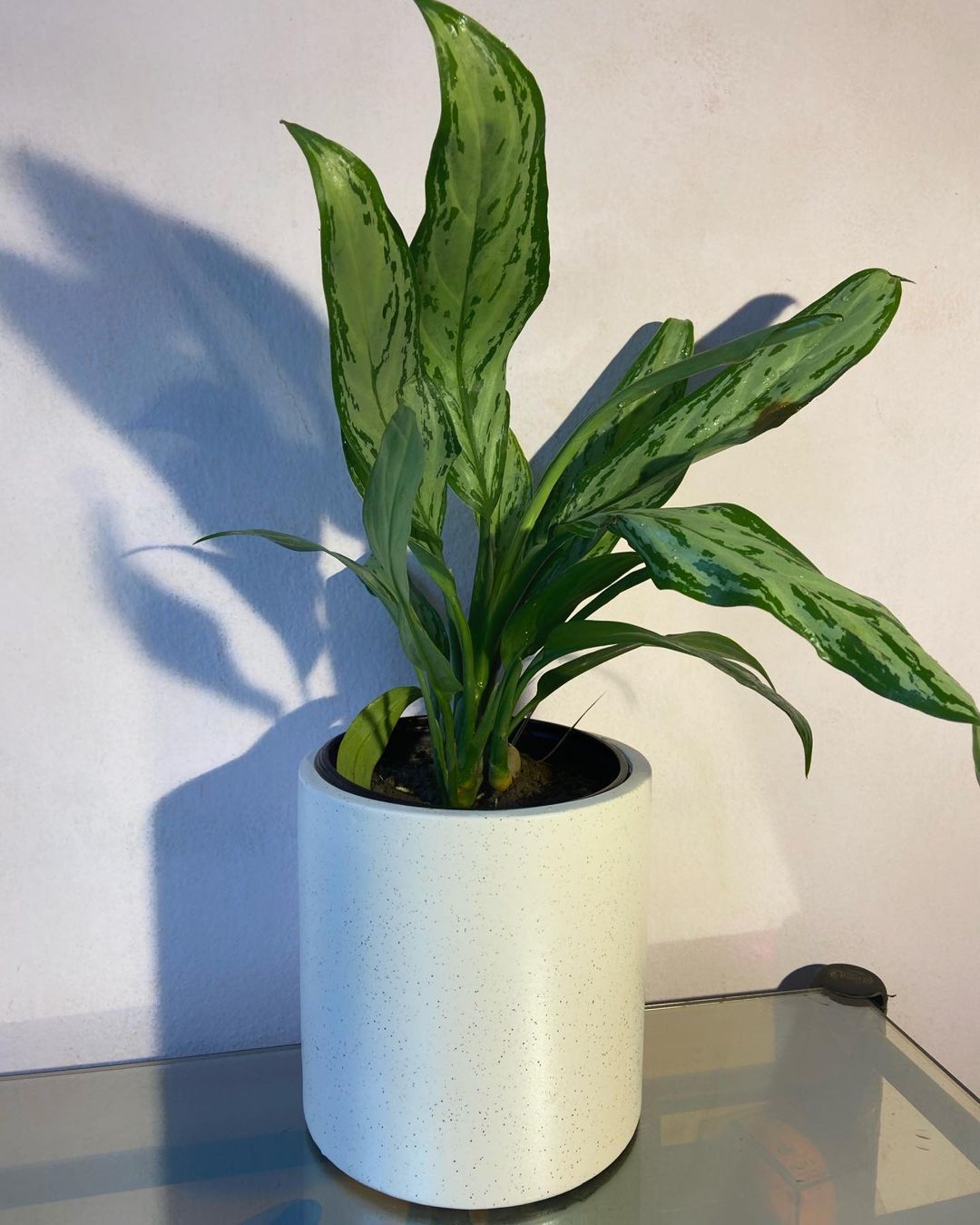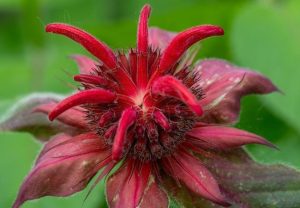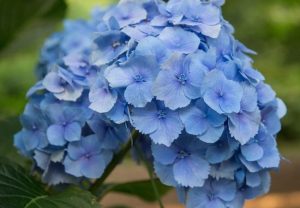Compare the Peace Lily and Chinese Evergreen to understand their key differences. Learn about their unique care needs, growth habits and which plant is best for your indoor garden.
Both Peace Lilies and Chinese Evergreens are popular choices for indoor plants. While they share some similarities, these plants have distinct characteristics and care requirements. This guide will help you understand the differences between Peace Lilies and Chinese Evergreens, enabling you to choose the best plant for your space and care routine.
Introduction to Peace Lilies and Chinese Evergreens
Before we dive into the differences, let’s briefly introduce each plant:
Peace Lily (Spathiphyllum)
Peace Lilies are tropical plants known for their elegant white flowers and glossy, dark green leaves. They’re popular for their air-purifying abilities and relatively easy care requirements.
Chinese Evergreen (Aglaonema)
Chinese Evergreens are hardy plants prized for their attractive foliage, which comes in various patterns and colors. They’re known for their tolerance to low light conditions and their air-cleaning properties.
Now, let’s compare these plants across several key factors.
Appearance and Growth Habits
Peace Lily
– Leaves: Dark green, oval-shaped leaves with a glossy texture
– Flowers: White, spathe-like flowers that bloom periodically
– Growth habit: Clumping, can reach 1-4 feet tall indoors
– [Learn more about Peace Lily appearance](https://www.thespruce.com/grow-peace-lilies-1902767)
Chinese Evergreen
– Leaves: Varied colors and patterns, including green, silver, and red
– Flowers: Small and insignificant, rarely bloom indoors
– Growth habit: Bushy, typically grows 1-3 feet tall
– [Explore Chinese Evergreen varieties](https://www.gardeningknowhow.com/houseplants/chinese-evergreen/chinese-evergreen-plants.htm)
Light Requirements
Peace Lily
– Prefers low to moderate indirect light
– Can tolerate low light but may not flower
– Avoid direct sunlight, which can scorch leaves
Chinese Evergreen
– Tolerates low light conditions well
– Prefers moderate, indirect light for best growth and color
– Can handle some direct morning sun, but avoid harsh afternoon light
Watering Needs
Peace Lily
– Likes consistently moist soil, but not waterlogged
– Water when the top inch of soil feels dry
– Drooping leaves often indicate need for water
– [Peace Lily watering tips](https://www.almanac.com/plant/peace-lilies)
Chinese Evergreen
– Prefers soil to dry out slightly between waterings
– More tolerant of underwatering than overwatering
– Water when top 1-2 inches of soil are dry
Humidity Requirements
Peace Lily
– Enjoys high humidity
– Mist leaves regularly or use a pebble tray for added moisture
– Tolerates average indoor humidity but thrives in more humid conditions
Chinese Evergreen
– Adaptable to average indoor humidity
– Appreciates added humidity but can tolerate drier air
– Misting is beneficial but not as crucial as for Peace Lilies
Temperature Tolerance
Peace Lily
– Prefers temperatures between 65-80°F (18-27°C)
– Sensitive to cold drafts and temperatures below 55°F (13°C)
Chinese Evergreen
– Thrives in temperatures between 60-75°F (16-24°C)
– More tolerant of temperature fluctuations than Peace Lilies
– Avoid temperatures below 50°F (10°C)
Soil and Fertilizer Needs
Peace Lily
– Well-draining, rich potting mix
– Fertilize monthly during growing season with balanced, water-soluble fertilizer
– [Peace Lily soil requirements](https://www.gardenersworld.com/how-to/grow-plants/how-to-grow-peace-lily/)
Chinese Evergreen
– Well-draining potting mix with added perlite for aeration
– Fertilize every 2-3 months during growing season with balanced fertilizer
– More tolerant of poor soil conditions than Peace Lilies
Toxicity
Peace Lily
– Toxic to cats and dogs if ingested
– Can cause oral irritation, difficulty swallowing, and vomiting
– [ASPCA toxicity information for Peace Lilies](https://www.aspca.org/pet-care/animal-poison-control/toxic-and-non-toxic-plants/peace-lily)
Chinese Evergreen
– Also toxic to cats and dogs
– Can cause similar symptoms as Peace Lilies if ingested
– [ASPCA toxicity information for Chinese Evergreens](https://www.aspca.org/pet-care/animal-poison-control/toxic-and-non-toxic-plants/chinese-evergreen)
Air Purification Properties
Peace Lily
– Excellent air purifier, removes various indoor pollutants
– [NASA Clean Air Study results for Peace Lily](https://ntrs.nasa.gov/citations/19930073077)
Chinese Evergreen
– Also effective at removing indoor air pollutants
– Ranked among top air-purifying plants by NASA study
Propagation Methods
Peace Lily
– Easily propagated by division
– Separate offshoots with roots from the main plant
– [Step-by-step Peace Lily propagation guide](https://www.ohiotropics.com/2020/03/22/peace-lily-propagation/)
Chinese Evergreen
– Can be propagated by stem cuttings or division
– Stem cuttings can be rooted in water or soil
– [Chinese Evergreen propagation methods](https://www.thespruce.com/grow-aglaonema-houseplants-1902734)
Common Pests and Diseases
Peace Lily
– Susceptible to spider mites, mealybugs, and scale insects
– Can develop root rot if overwatered
– May show brown leaf tips due to low humidity or fluoride in water
Chinese Evergreen
– Generally pest-resistant, but can attract mealybugs and spider mites
– Prone to leaf spot diseases in overly moist conditions
– Yellow leaves often indicate overwatering or poor drainage
Which Plant is Right for You?
Consider these factors when choosing between a Peace Lily and a Chinese Evergreen:
- Light conditions: If you have very low light, a Chinese Evergreen might be a better choice.
- Watering habits: If you tend to overwater, a Peace Lily might be more forgiving.
- Aesthetics: If you prefer flowering plants, go for a Peace Lily. For colorful foliage, choose a Chinese Evergreen.
- Care level: Both are relatively easy, but Chinese Evergreens are slightly more low-maintenance.
- Humidity: If your home is dry and you can’t provide extra humidity, a Chinese Evergreen might be easier to care for.
Both Peace Lilies and Chinese Evergreens make excellent indoor plants, each with their unique characteristics and care requirements. Peace Lilies offer the beauty of periodic blooms and thrive in slightly more humid environments, while Chinese Evergreens provide colorful foliage and are more tolerant of various light conditions.
By understanding the differences between these two popular houseplants, you can choose the one that best fits your space, lifestyle, and plant care preferences. Whether you opt for the elegant Peace Lily or the hardy Chinese Evergreen, both plants will add a touch of natural beauty to your indoor environment while helping to purify the air in your home.
Remember, the key to success with any houseplant is to observe it closely and adjust your care routine as needed. With proper care, both Peace Lilies and Chinese Evergreens can thrive and bring joy to your indoor garden for years to come.
For more gardening tips and plant care guides, visit usagardenhub.com https://solanogarden.org/





